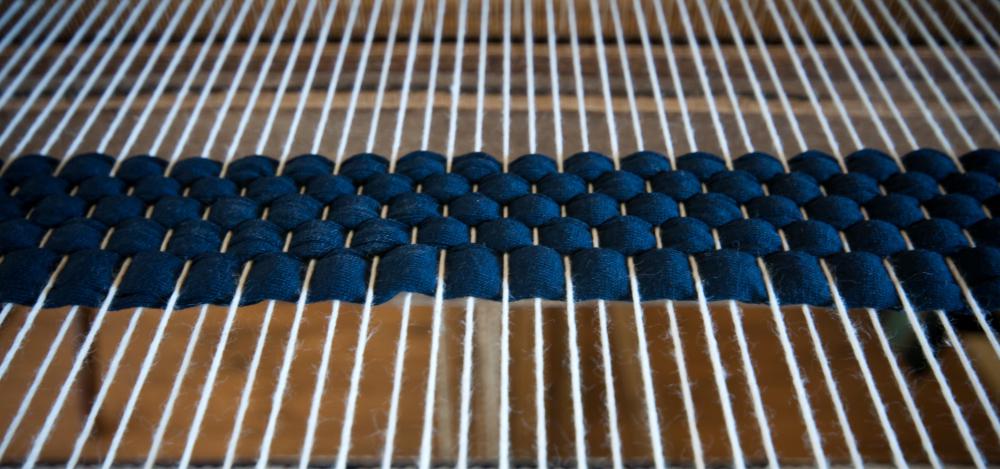At HomeQuestionsAnswered, we're committed to delivering accurate, trustworthy information. Our expert-authored content is rigorously fact-checked and sourced from credible authorities. Discover how we uphold the highest standards in providing you with reliable knowledge.
What Are the Different Types of Weaving Looms?
Weaving looms are used to make hand made fabric and textiles. Although there are many different types of looms, the floor loom is the type most often used by professional weavers and has the most versatility in the type of fabrics it can produce. Table looms and rigid heddle looms are also used, and are able to produce smaller textiles. Frame looms are the most simple type of loom, and can only produce a textile of a fixed size.
One type of weaving loom that is the most popular with experienced or professional weavers is the floor loom. Floor looms are large and free standing, and are typically operated with a foot pedal. They are able to produce the largest size of fabric, and can be used to make blankets, rugs, and tapestries. The floor loom also allows the weaver to create complicated and intricate designs in these textiles.

Table looms can work well for weavers who want a weaving loom that is smaller and more portable. Table looms are smaller than floor looms, and are often designed to be transported as needed. Table looms may be simple, or they may include many of the same features as a floor loom, allowing a designer to create the same types of intricate designs they would on a more complex machine. Table weaving looms typically are not large enough to create rugs or large blankets like a floor loom can.

Another type of popular loom is the rigid heddle loom. Rigid heddle weaving looms are recommended for beginners, as they are easy to work with, yet have a similar structure to floor looms and table looms, so the weaving techniques learned on the rigid heddle can be transferred to other machines. Rigid heddle looms are typically only able to weave a textile of short width and are often recommended for creating pillowcases, placemats, and scarves.

A frame loom is a very simple type of loom. In its most basic form, it includes a frame with spokes coming from the top and bottom. The warp threads of the textile are laced over these hooks. Yarn is then woven in between these threads to create a textile. Although simple, many stunning and elaborate designs have been made on frame looms. The downside to these types of weaving looms is that they can only produce textiles the size of the frame.
AS FEATURED ON:
AS FEATURED ON:













Discussion Comments
@spotiche5- Some colleges offer special courses in this type of skill. If you have a college in your town, you should check to see what it has to offer. If there are no loom weaving classes available, the staff may at least be able to refer you to places that do offer instruction in weaving.
@spotiche5- Since weaving with a loom has roots in history, many communities offer loom weaving classes through museums and historical organizations. There are also weaving clubs in many areas that encourage people interested in this craft of join and learn hands-on how to weave with a loom.
I would love to learn to weave on a frame loom. Does anyone know where I might be able to find lessons or classes that still teach this skill?
I was recently at a festival that focused on rural history, and several people were demonstrating weaving on old-fashioned looms. I was very fascinated to learn what weaving clothing was actually like, and how it is such an important part of American history.
Post your comments